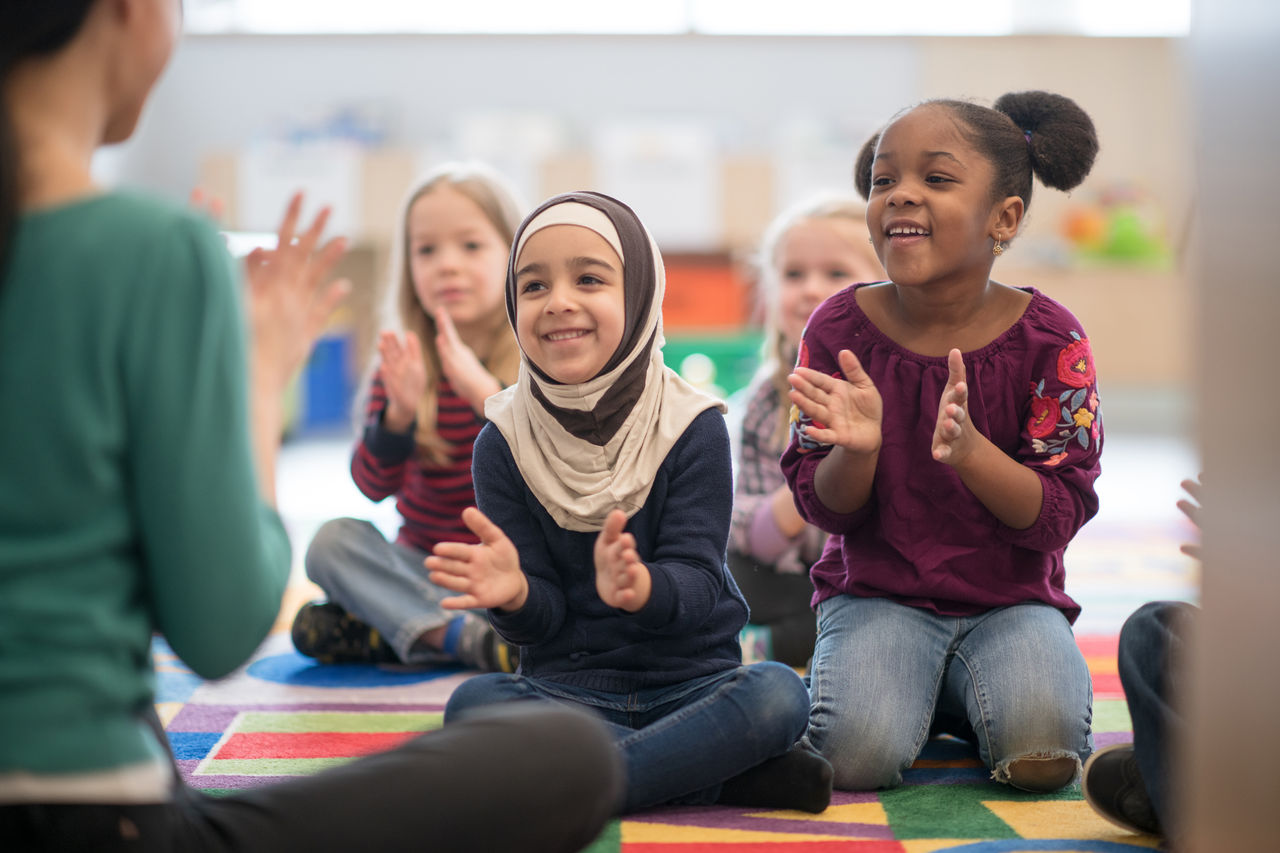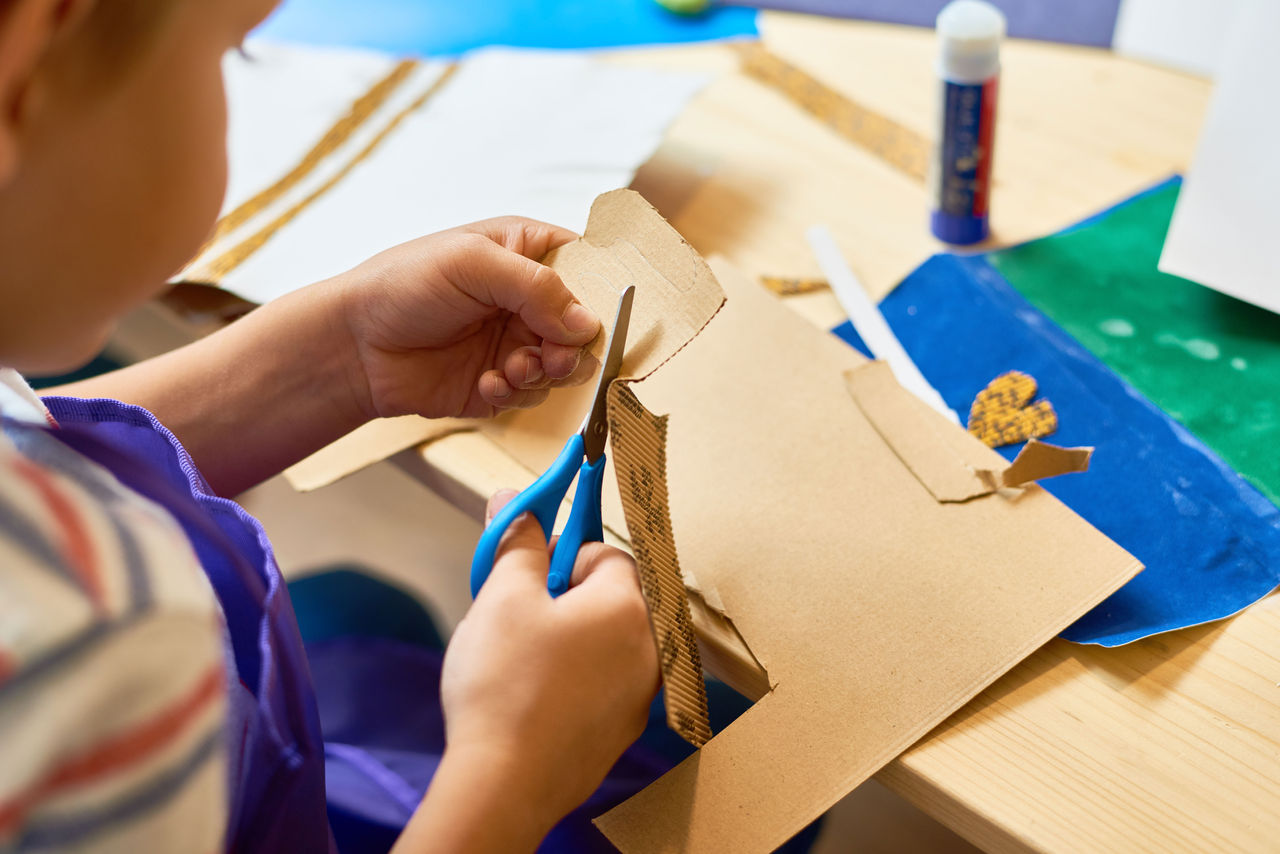History can be heavy for young children. It’s filled with context, nuance and topics that they can’t yet process or understand. So how can parents teach children about Black History Month in an age-appropriate way? Focus on familiar concepts like celebration and fairness to help them understand the importance of Black History Month.
Children can make connections to what it means to celebrate an event or a person. Parents can make connections to birthdays, holidays or special traditions. “Black History Month is another special time for us to celebrate!”
Fairness is another concept that children recognize. When they share a toy with a sibling or speak up for a friend who was hurt, they demonstrate an understanding of fairness. While Black History Month was created to celebrate the achievements and contributions of Black Americans, it’s important to acknowledge the struggles of injustice that were historically present for them.
Here are several ways to celebrate and discuss Black History Month at home with little ones.
Explain the reason for Black History Month
First share some of the struggles that were present for Black Americans in the past because of the color of their skin. “Sometimes people are treated unfairly because of the color of their skin.” Allow your child time to respond and ask questions. Reiterate that everyone should be treated fairly, no matter the color of their skin. Shift toward the idea of celebration. “A long time ago, someone named Carter G. Woodson had a great idea. He decided to celebrate Black people and all the special things they achieved, even when they didn’t have the same chances as others. Today, we celebrate Black History Month to honor all the special things Black Americans have contributed.”
Read stories
Read stories to learn more about Black Americans and their contributions to American history. Purposefully select a mixture of books about people from the past and present-day. Make connections between the person in the book and your child. “Missy Copeland loves ballet — just like you!” “John Lewis stood up for people. Did you know he lived right here in Atlanta? Just like you!”
Affirm your child for who they are
Help children feel good about themselves and appreciate the unique characteristics and features of others. “Your curly hair and brown eyes are a special part of you!” “I love how you spread your kindness to others.”
Embrace conversations about racial differences
When children point out differences like when they notice skin tone or ethnicity, acknowledge those differences. Shying away from discussing race or skin color sends a message that it is a negative topic that should be avoided. Explain that differences are what makes the world exciting and beautiful.
Assess representation in your home
Examine your collection of children’s books, toys, dolls and action figures. Is there diversity? Intentionally include diverse materials in your child’s everyday home and play items. This can also include music and art materials such as skin-tone crayons. Celebrate and appreciate differences in ways that children can recognize and enjoy.
Cultivate friendships with families of diverse backgrounds
Expand play groups and invite new friends to join in on the fun.
Find local events that celebrate and honor Black History Month
Black History Month events in your community such as plays or story time at the local library may be appropriate for young children. These events offer learning opportunities and ways to celebrate Black History Month with others.




